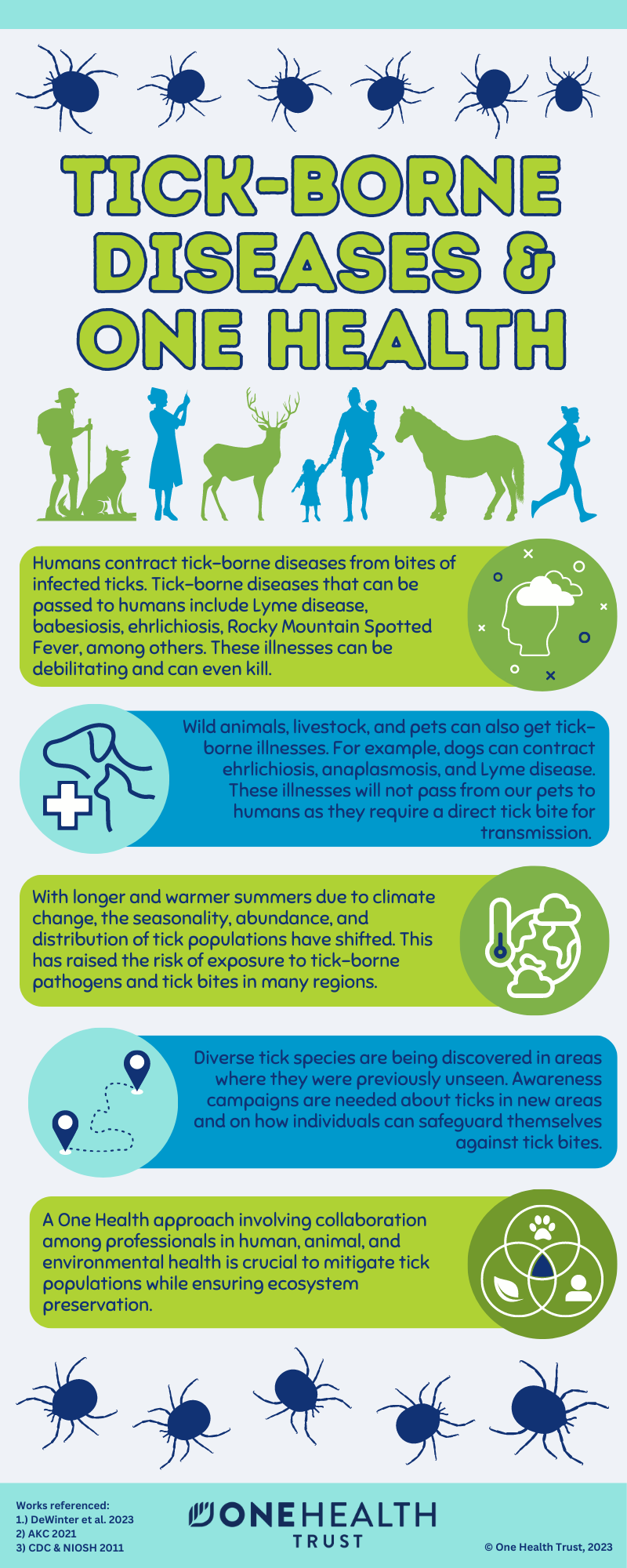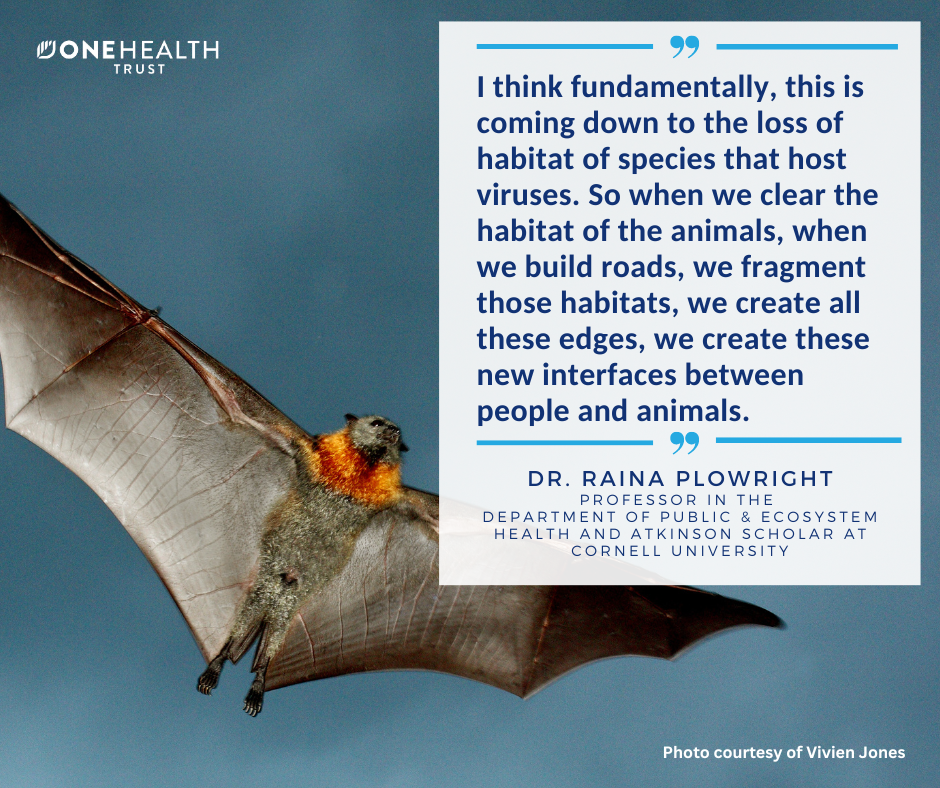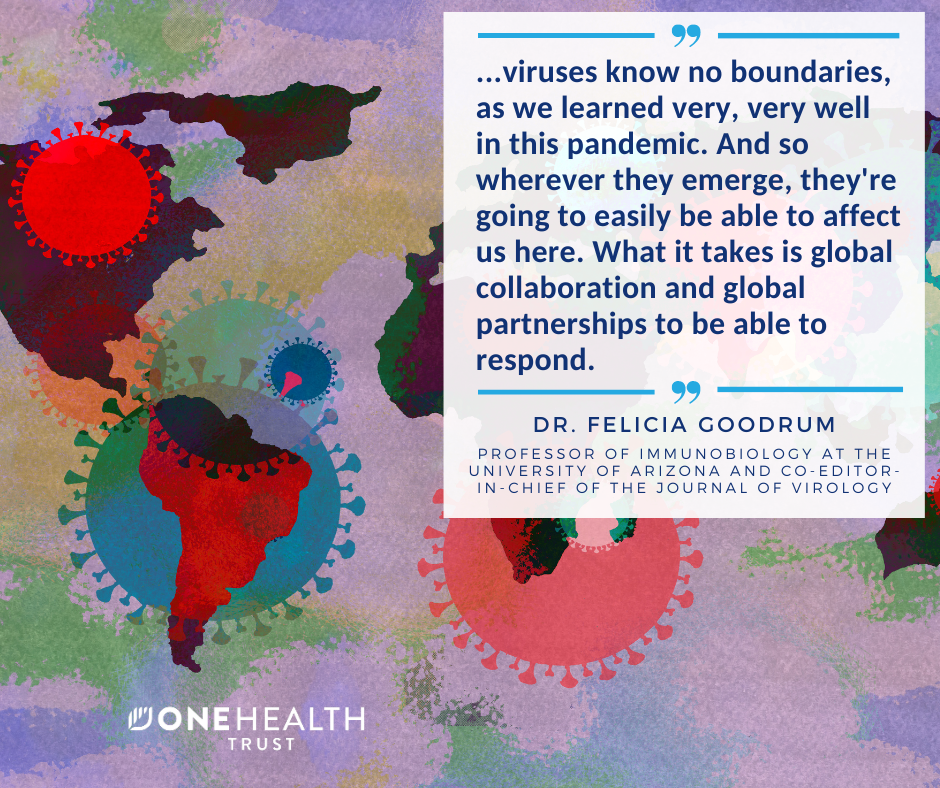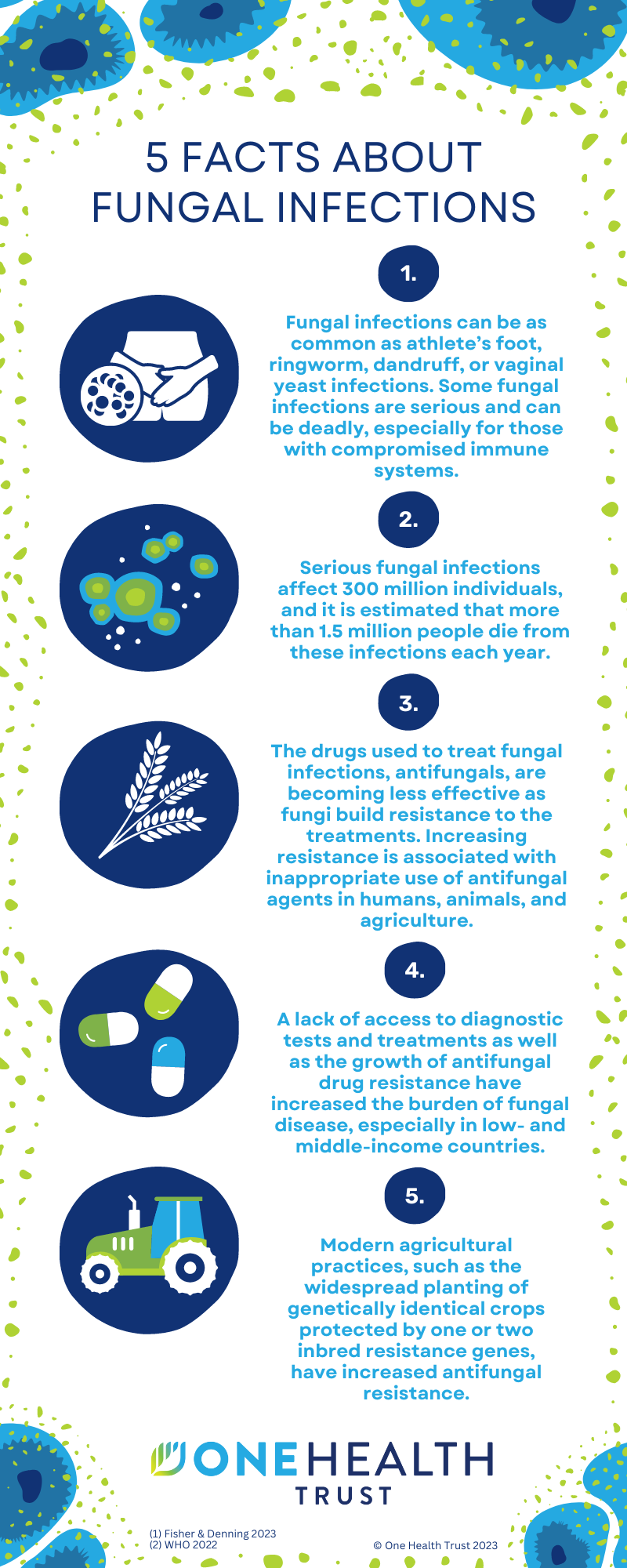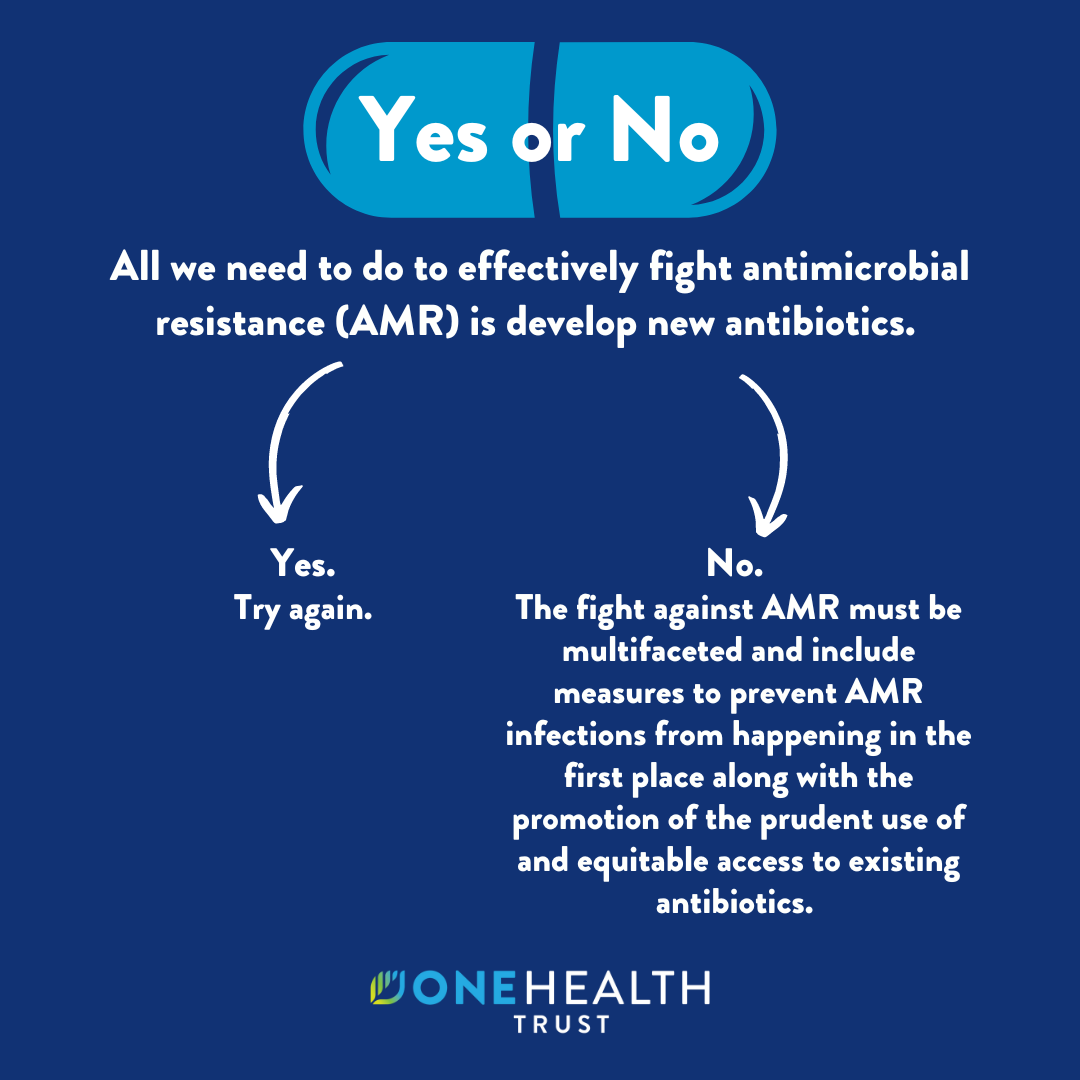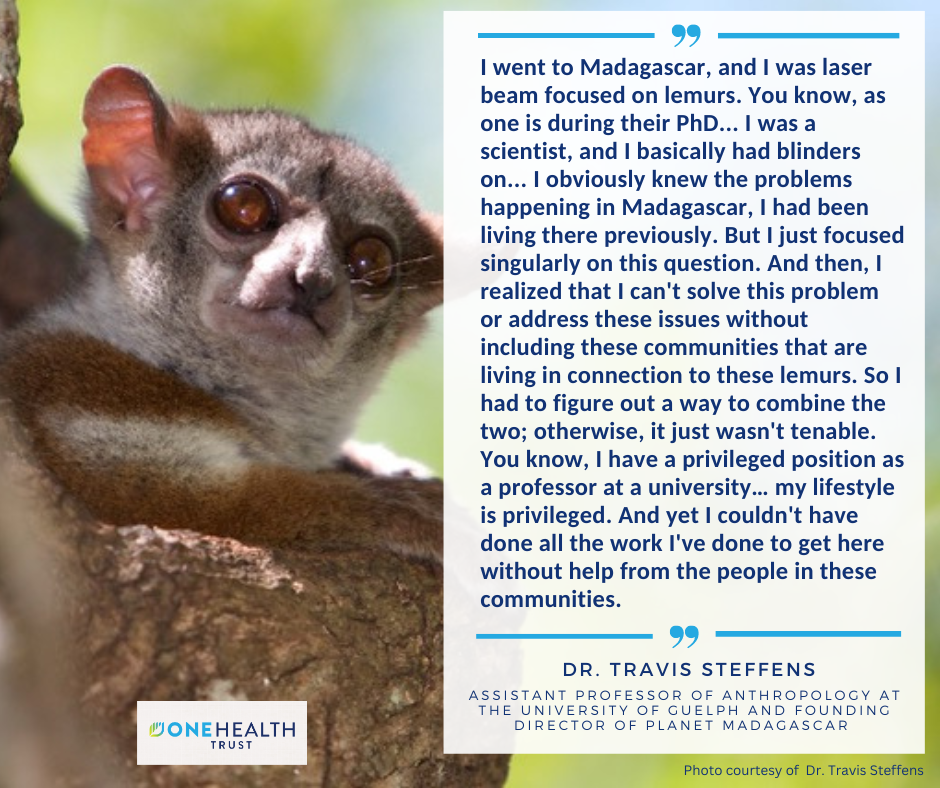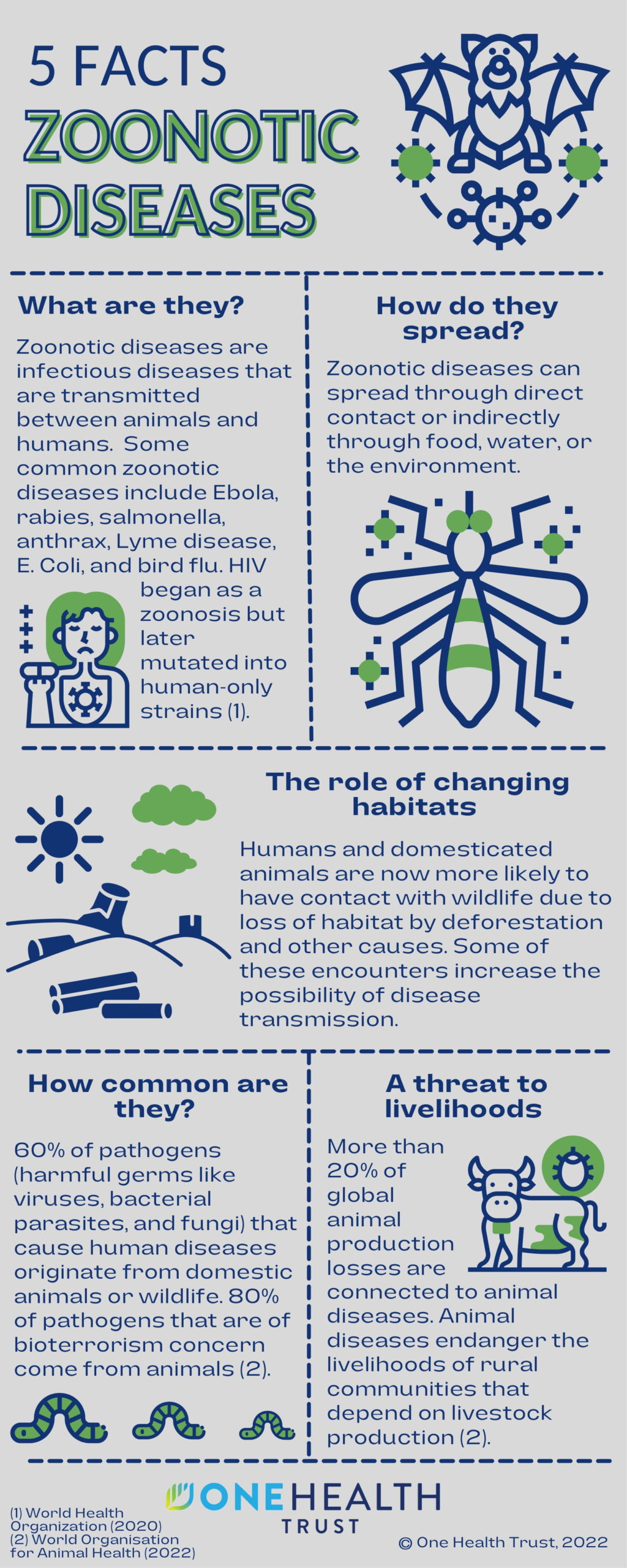
June 14, 2022
What are zoonotic diseases?
Zoonotic diseases are infectious diseases that are transmitted between animals and humans. Some common zoonotic diseases include Ebola, rabies, salmonella, anthrax, Lyme disease, E. Coli, and bird flu. HIV began as a zoonosis but later mutated into human-only strains.
How do zoonotic diseases spread?
Zoonotic diseases can spread through direct contact or indirectly through food, water, or the environment.
How common are they?
60% of pathogens (harmful germs like viruses, bacterial parasites, and fungi) that cause human diseases originate from domestic animals or wildlife. 80% of pathogens that are of bioterrorism concern come from animals.
The role of changing habitats
Humans and domesticated animals are now more likely to have contact with wildlife due to loss of habitat by deforestation and other causes. Some of these encounters increase the possibility of disease transmission.
A threat to livelihood
More than 20% of global animal production losses are connected to animal diseases. Animal diseases endanger the livelihoods of rural communities that depend on livestock production.
(1) World Health Organization (2020)
(2) World Organization for Animal Health (2022)

